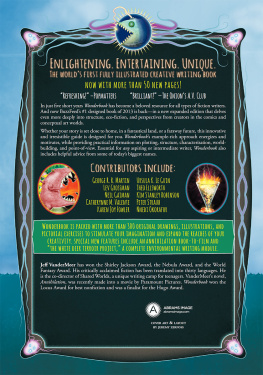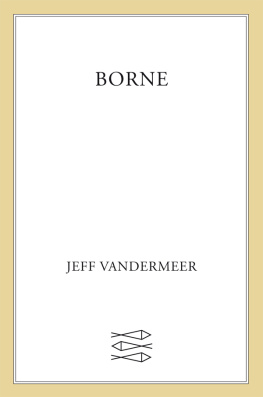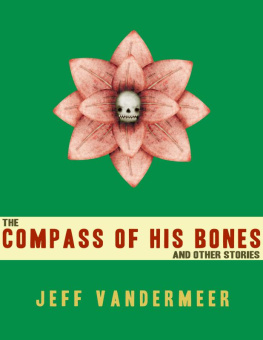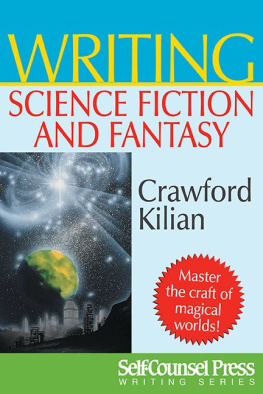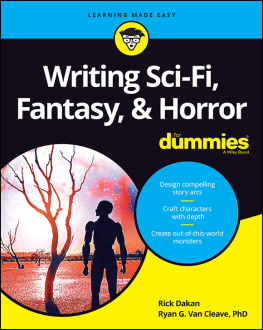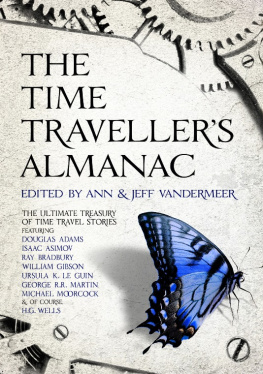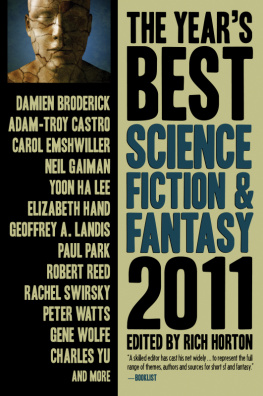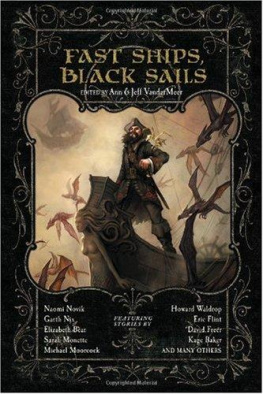
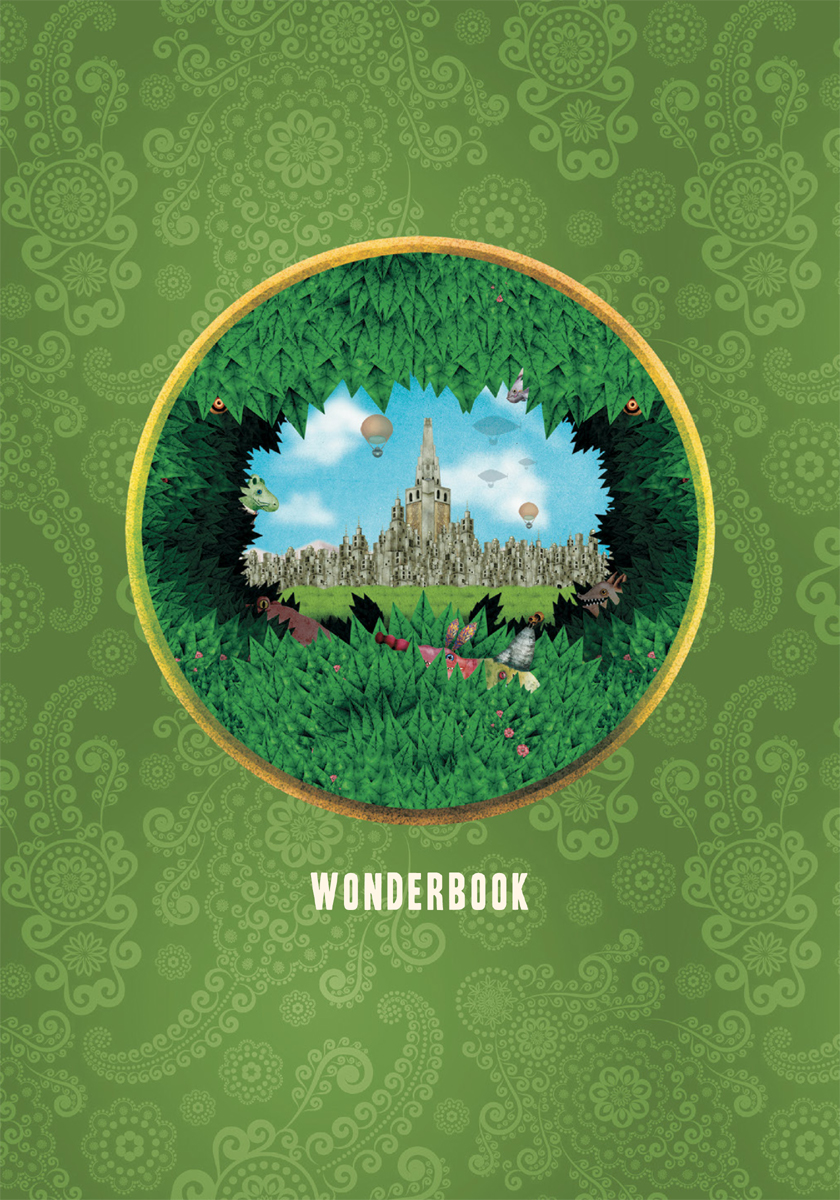
Dedicated to Erin Kennedy and Jason Kennedy, with love.
For my mom, my aunt, my long-suffering friends and family, and for the free-texture community. I love you all. Jeremy Zerfoss

Editor: David Cashion
Designer: Jeremy Zerfross, Jeff VanderMeer, John Coulthart
Production Manager: Rebecca Westall
Library of Congress Control Number: 2017949739
ISBN: 978-1-4197-2966-9
eISBN: 978-61312-463-5
Revised edition published in 2018
Copyright 2013 Jeff VanderMeer
Sidebar articles and spotlight on text copyrighted to the individual creators as specified by the extended copyright page on .
Illustrations/photographs copyright 2013 Jeremy Zerfoss, except as otherwise specified by the extended copyright page on .
Published in 2018 by Abrams Image, an imprint of ABRAMS. All rights reserved. No portion of this book may be reproduced, stored in a retrieval system, or transmitted in any form or by any means, mechanical, electronic, photocopying, recording, or otherwise, without written permission from the publisher.
Abrams Image books are available at special discounts when purchased in quantity for premiums and promotions as well as fundraising or educational use. Special editions can also be created to specification. For details, contact specialsales@abramsbooks.com or the address below.

ABRAMS The Art of Books
195 Broadway, New York, NY 10007
abramsbooks.com
TABLE OF CONTENTS
Instructional Art
Instructional Art
Instructional Art
Instructional Art
Instructional Art
Instructional Art
Instructional Art
Instructional Art
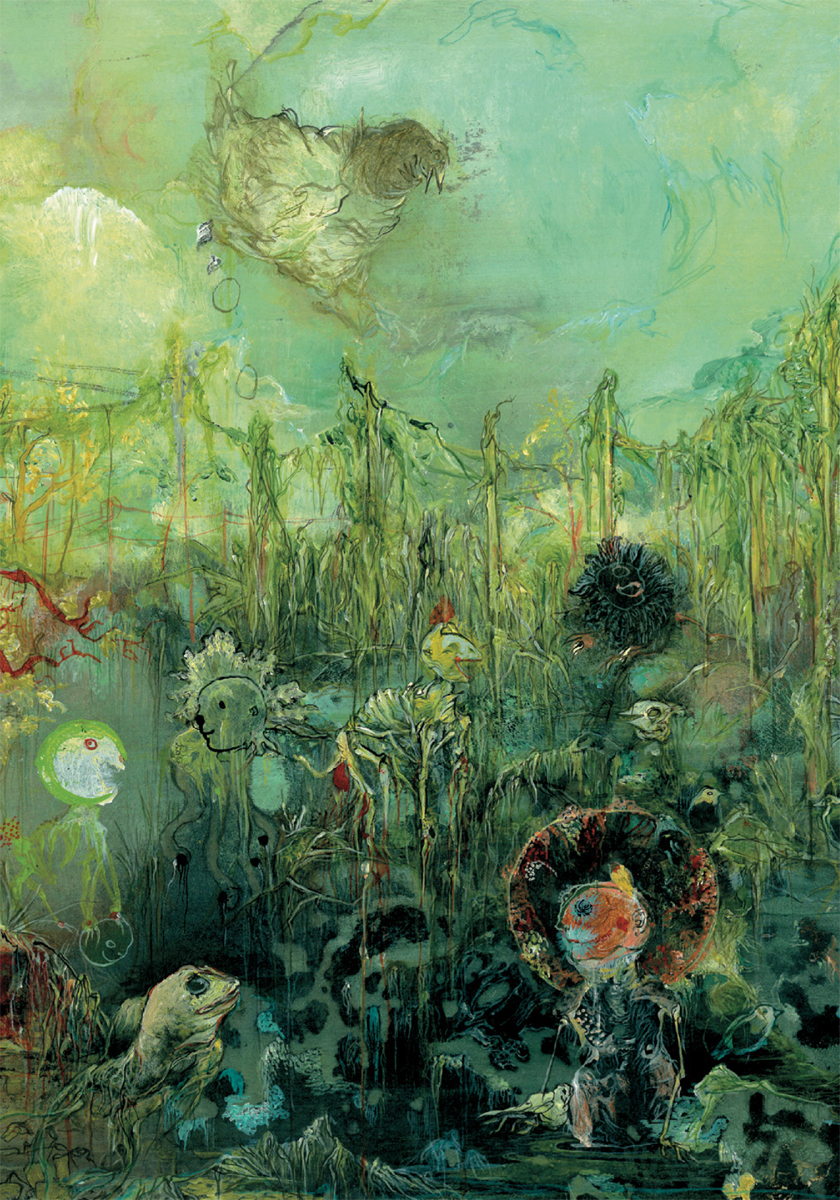
Art by Myrtle Von Damitz III

Welcome to Wonderbook. Before you begin, check your supplies. Make sure you have plenty of water, food, and at least some mountaineering equipment. Get lots of sleep. Always carry pen and paper with you; you never know when that electronic device will give up the ghost. Remember, too, that knowledge of the languages of strange talking animals is a plus when going on a real adventure. So study up. And alwaysalwayskeep your wits about you. Now, strengthen your resolve... Ready? Youre about to plunge into the middle of... everything.

I NTRODUCTION
As the painting opposite this page, The Backyard, suggests, even the most mundane moments of our existence can be inhabited by hidden complexity and with wonder. Some of my favorite books on creative writing acknowledge that fiction is one way of making sense of a complex, often mysterious world, and that stories exist in every part of that world. The best of these books celebrate creativity but remain grounded in useful advice. They are practical, but they also elicit delight in the reader.
Which brings me to the book you hold in your hands. Wonderbook functions as a general guide to the art and craft of fiction first and foremost, but it is also meant to be a kind of cabinet of curiosities that stimulates your imagination. This book reflects my belief that an organic approach to writing should be coupled with systematic practice and testing to improve your fiction. You will also find that in Wonderbook I have eschewed workshop jargon and solutions that are too easypractical solutions are another thing altogether. You should be able to pick up the basics of fiction writing from Wonderbook but also find that it challenges you from time to time with more advanced material. Wonderbook is also largely nondenominational, in the sense that its approach to teaching technique has universal applications across both so-called literary and commercial fiction. Whether you want to write a heroic fantasy trilogy spanning centuries or a novel exploring a single day in the life of a lonely manor, perhaps, something in betweenyou will find Wonderbook of use.
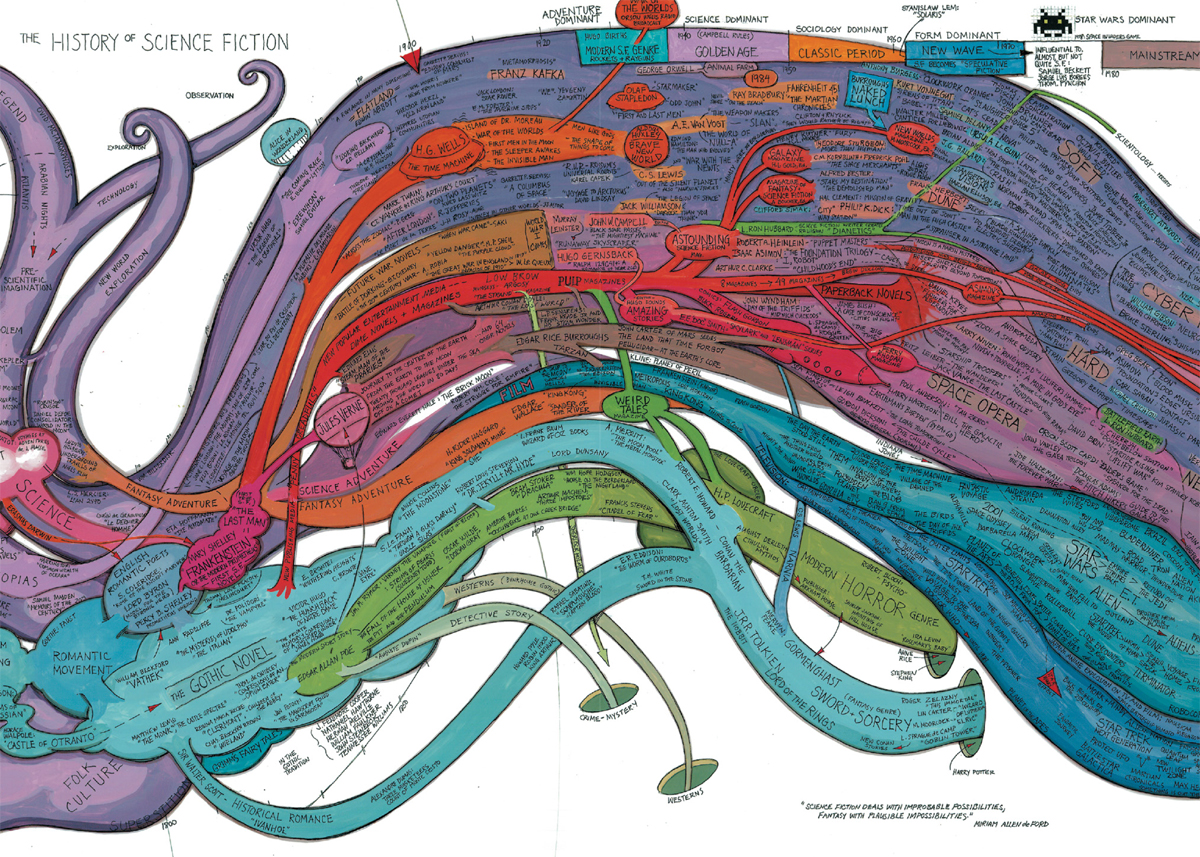
Art by Ward Shelley
U NIQUE F EATURES
Wonderbook differs from most writing books in two distinct ways. First, images often replace or enhance instructional text. Although more than thirty artists have contributed their work, all of the diagrams were created by Jeremy Zerfoss from my sketches and concepts. This book may provide more instructional illustrations and other visual stimuliboth functional and decorativethan any other writing book to date. Images cannot always substitute for text, but they can be of tremendous use in helping to convey key concepts or in breaking down the complex into simple parts. My hope is that the results also engage your creativity.

Fishhands (2010) by Scott Eagle.
Second, although of use to beginner and intermediate writers working in any genre, Wonderbooks default setting is fantasy rather than realism. Most general writing guides operate from a default of realistic fiction, while books on writing the fantastical often feel divorced from a whole spectrum of other species of storytelling. If you think of yourself as someone who writes fantasy, horror, science fiction, magic realism, or in any absurdist or surrealist mode, I hope that Wonderbook makes you feel as if youve come home. If you dont write in those modes, I think youll discover a fresh way of looking at familiar subjects (as well as get a solid grounding in those basics I mentioned). You will probably also find thatin thought, theory, and executionthere is not much of a divide between realistic and fantastical fiction. Certainly, you find imaginative work across the entire spectrum of approaches to storytelling.
My own beginnings were in the literary mainstream but I soon found that my fiction tended to be more fantastical. I would give my fiction to friends and they would find surreal what I thought was quite realistic. My influences were from all modes of writing, and I came by my dual citizenship honestly. Then, too, my earliest experiences of the real world were, because of my familys travels, evidence of the ways in which the marvelous and the wonderfully strange permeate reality. Whether it was encountering by flashlight a huge crown-of-thorns starfish on a reef off a Fijian island at night or, sick with asthma, watching with astonishment as two emerald-and-ruby hummingbirds mated on the wing outside our Cuzco hotel window, I had the sense that we lived in a place that required some deeper explanation, some chronicling that went beyond a faithful nonfiction account. Storytelling came out of my need to reconcile these experiences, and I chose fantasy in part because we moved through so many places that only by the combining of fragments of each could I find a true home. And only in fiction could I find a way to express the complexity and beautyand sometimes horrorof the world.
Next page
